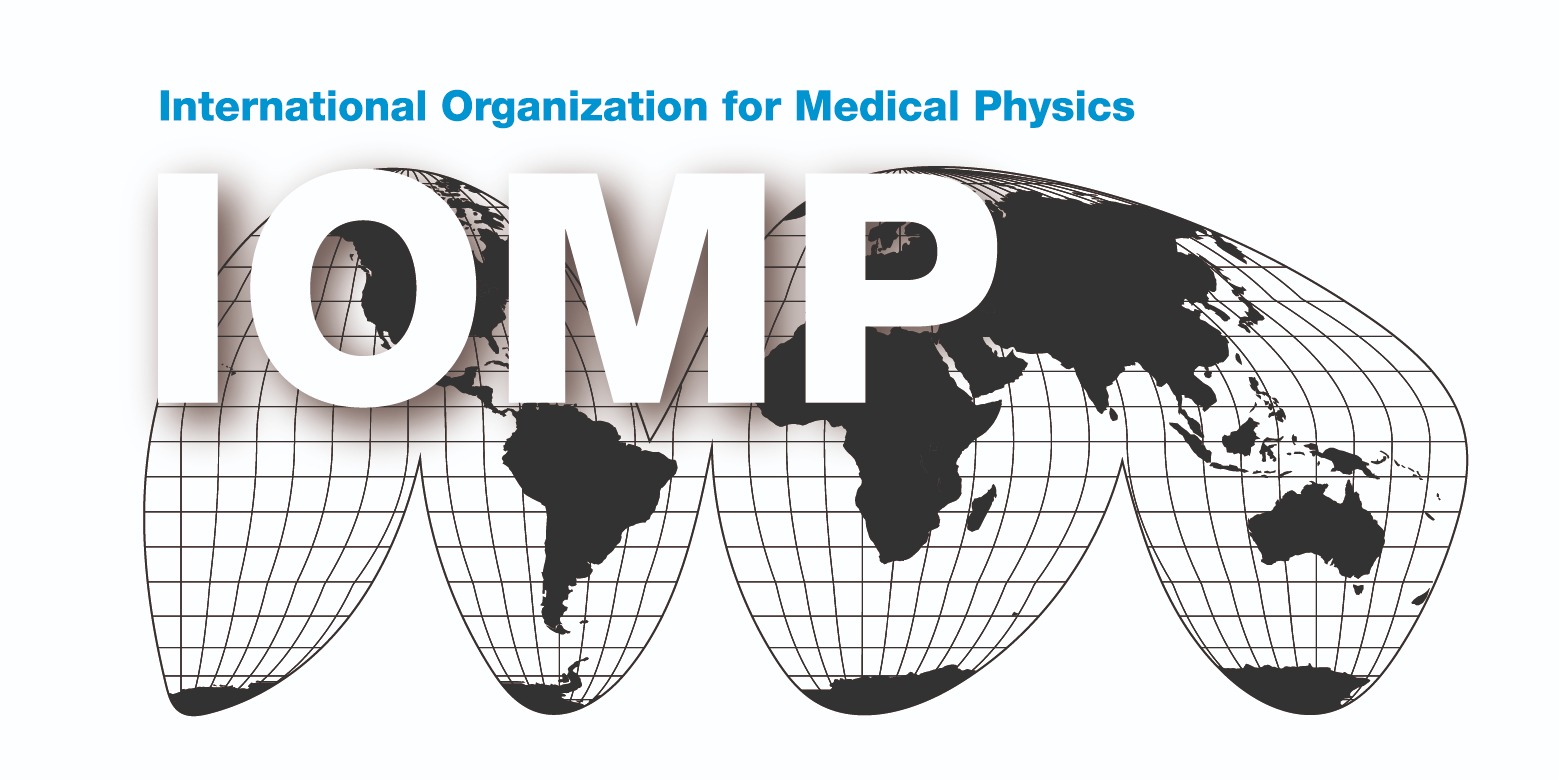The evolving boundary between palliative and curative radiotherapy in routine irradiation of metastatic patients
Clemens Grassberger, PhD
Harvard Medical School & Massachusetts General Hospital, Boston![]()
Over the last years there has been an accumulation of evidence that Radiotherapy (RT) can improve survival in patients with metastatic disease across a range of indications. Historically these patients were not assumed to be “curable” and treatment was considered palliative. Recent advances in drug development that can be summarized as “targeted therapy”, be it drugs targeting specific oncogene drivers (1) or immunotherapeutic approaches (2-5), have impacted what is considered curative and what it means to be palliative. Even though the term “oligometastatic”, describing a tumor state intermediate between purely localized and widely metastatic, has already been proposed in the 1990’s (6), the advent of these new therapies has definitely increased the portion of patients that fall in this category.
Palma et al. recently reported their results of a randomized phase II trial comparing stereotactic ablative radiotherapy (SABR) versus standard-of-care palliative therapy in 99 patients with various oligometastatic cancers (7). They report a doubling of progression-free survival and superior survival, similar to results of two smaller phase II studies (8, 9). If these observations are confirmed in larger phase III studies, it could have a significant impact on the practice of medical physics and radiation oncology in general, and raise a number of important questions:
- Dose & fractionation: the objective and underlying purpose of RT might evolve for these patients from eradication of all tumor cells, our traditional goal, to more complex endpoints such as delaying development of resistance (10, 11) or synergizing with immunotherapeutic agents (12, 13). Therefore lower doses or different fractionation regimen might be indicated, especially for immunotherapy-RT combinations (14-16).
- Planning & QA: This shifts to lower doses, away from cell kill as primary objective, but multiple targets per patient (SABR-COMET allowed RT to up to 5 mets) could impact currently established planning and QA procedures.
- Patient volume: almost three times the number of patients are diagnosed in stage IV compared to stage III lung cancer (17), indicating that patient numbers for some sites could increase dramatically.
The emergence of this new treatment paradigm, i.e. routine irradiation of metastatic patients, could transform the way a large portion of cancer patients are treated, and presents an opportunity to establish RT as an important pillar of multi-modality treatment strategies in this growing population.
References
- Yoda S, Dagogo-Jack I, Hata AN. Targeting oncogenic drivers in lung cancer: Recent progress, current challenges and future opportunities. Ther. 2019;193:20–30.
- Adams S, Gatti-Mays ME, Kalinsky K, et al. Current Landscape of Immunotherapy in Breast Cancer: A Review. JAMA Oncol. 2019;5:1205–1214.
- Buonaguro L, Mauriello A, Cavalluzzo B, et al. Immunotherapy in hepatocellular carcinoma. Ann Hepatol. 2019;18:291–297.
- Dart A. New targets for cancer immunotherapy. Nature Publishing Group. 2018;18:667–667.
- Anichini A, Tassi E, Grazia G, et al. The non-small cell lung cancer immune landscape: emerging complexity, prognostic relevance and prospective significance in the context of immunotherapy. Cancer Immunol. Immunother. 2018;67:1011–1022.
- Hellman S, Weichselbaum RR. Oligometastases. JCO. 1995;13:8–10.
- Palma DA, Olson R, Harrow S, et al. Stereotactic ablative radiotherapy versus standard of care palliative treatment in patients with oligometastatic cancers (SABR-COMET): a randomised, phase 2, open-label trial. The Lancet. 2019;393:2051–2058.
- Gomez DR, Tang C, Zhang J, et al. Local Consolidative Therapy (LCT) Improves Overall Survival (OS) Compared to Maintenance Therapy/Observation in Oligometastatic Non-Small Cell Lung Cancer (NSCLC): Final Results of a Multicenter, Randomized, Controlled Phase 2 Trial. International Journal of Radiation Oncology*Biology*Physics. 2018;102:1604.
- Iyengar P, Wardak Z, Gerber DE, et al. Consolidative Radiotherapy for Limited Metastatic Non-Small-Cell Lung Cancer: A Phase 2 Randomized Clinical Trial. JAMA Oncol. 2018;4:e173501–e173501.
- Grassberger C, McClatchy D, Geng C, et al. Patient-Specific Tumor Growth Trajectories Determine Persistent and Resistant Cancer Cell Populations during Treatment with Targeted Therapies. Cancer Res. 2019;79:3776–3788.
- Grassberger C, Scott JG, Paganetti H. Biomathematical Optimization of Radiation Therapy in the Era of Targeted Agents. J. Radiat. Oncol. Biol. Phys. 2017;97:13–17.
- Poleszczuk J, Enderling H. The Optimal Radiation Dose to Induce Robust Systemic Anti-Tumor Immunity. International Journal of Molecular Sciences 2014, Vol. 15, Pages 927-943. 2018;19:3377.
- Grassberger C, Ellsworth SG, Wilks MQ, et al. Assessing the interactions between radiotherapy and antitumour immunity. Nat Rev Clin Oncol. 2019;16:729–745.
- Cho Y, Park S, Byun HK, et al. Impact of Treatment-Related Lymphopenia on Immunotherapy for Advanced Non-Small Cell Lung Cancer. Radiation Oncology Biology. 2019:1–32.
- Ménétrier-Caux C, Ray-Coquard I, Blay J-Y, et al. Lymphopenia in Cancer Patients and its Effects on Response to Immunotherapy: an opportunity for combination with Cytokines? J Immunother Cancer. 2019;7:1–15.
- Formenti SC, Demaria S. Systemic effects of local radiotherapy. The Lancet Oncology. 2009;10:718–726.
- Siegel RL, Miller KD, Jemal A. Cancer statistics, 2019. CA Cancer J Clin. 2019;69:7–34.

